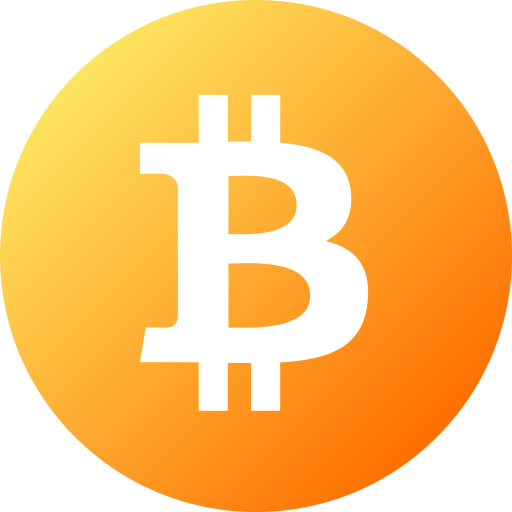Markets, Bitcoin, Inflation Inflation breakevens head south amid the Trump commerce wrestle.
The ongoing U.S.-China commerce wrestle is vulnerable to convey down inflation inside the U.S. financial system, key sections of the financial market level out, offering bullish cues to hazard property, along with bitcoin (BTC).
In his inaugural cope with on Jan. 20, President Donald Trump promised to “tariff and tax abroad nations to enrich our residents,” after which fired the first shot in opposition to China, Canada and Mexico on Feb. 1. Since then, the commerce tensions have escalated to such an extent that as of writing, the U.S. and China have imposed retaliatory tariffs on each other in additional of 100%.
Tariffs enhance the worth of imported gadgets, which might be then handed on to the patron and can end in elevated primary value diploma in a consumption-driven financial system similar to the U.S.
Consequently given that commerce wrestle broke out, markets have been frightened a few tariffs-led resurgence inside the U.S. inflation, with the Fed together with to those points through its stagflationary monetary projections closing month. Stagflation, representing a mix of low progress, extreme inflation and joblessness, is seen as a result of the worst consequence for riskier property.
Bitcoin, resulting from this reality, has dropped virtually 20% since early February, alongside broad-based hazard aversion on Wall Street that has seen consumers concurrently dump shares, bonds and the U.S. buck.
Breakevens suggest disinflation
However, market-based measures of inflation, such as a result of the breakevens, suggest tariffs could be disinflationary over the long run. In completely different phrases, the Fed could also be unsuitable in fearing stagflation and may shortly have a leeway to cut costs.
Inflation breakevens the yields on standard Treasury bonds with the yields on Treasury Inflation-Protected Securities (TIPS). The five-year breakeven inflation cost peaked above 2.6% in early February and has since dropped to 2.32%, according to data tracked by the Federal Reserve Bank of St. Louis.
The 10-year breakeven cost has dropped from 2.5% to 2.19%. Meanwhile, the Federal Reserve Bank of Cleveland’s expected two-year inflation has held at spherical 2.6%.
One time worth
According to observers, the impression of tariffs, seen as a one-time worth adjustment, will depend on the reactions of various macroeconomic variables and tends to be disinflationary in the long run.
When producers go the tariff enhance onto clients, inflation ranges rise. However, if there is not a corresponding enhance in income, clients are compelled to chop again their consumption. This low cost can lead to inventory build-up and at last contribute to a decline inside the prices of merchandise and suppliers.
“Since the days of Smoot-Hawley, Tariffs have never been inflationary. Rather they are Deflationary and “stimulative themselves”. Moreover, the disinflation shown in these charts will help encourage the Fed to soon ease as well. The Calvary is coming!,” Jim Paulsen, author of the Paulsen Perspectives publication and a Wall Street veteran with 4 a very long time of experience, said on X.
A paper revealed by American economist Ravi Batra in 2001 made a similar comment, saying, “Tariffs in the US were never associated with rising prices, and trade liberalization with declining prices. High tariffs were always followed by sharp drops in the cost of living. tariffs produce inflation only in nonmarket or ualistic developing economies, but not inadvanced economies.”
All points thought-about, the present financial market turbulence seemingly resulted from progress fears fairly than inflation. The bull could shortly reemerge in anticipation of a dovish stance from the Federal Reserve.
CoinDesk: Bitcoin, Ethereum, Crypto News and Price Data Read More
